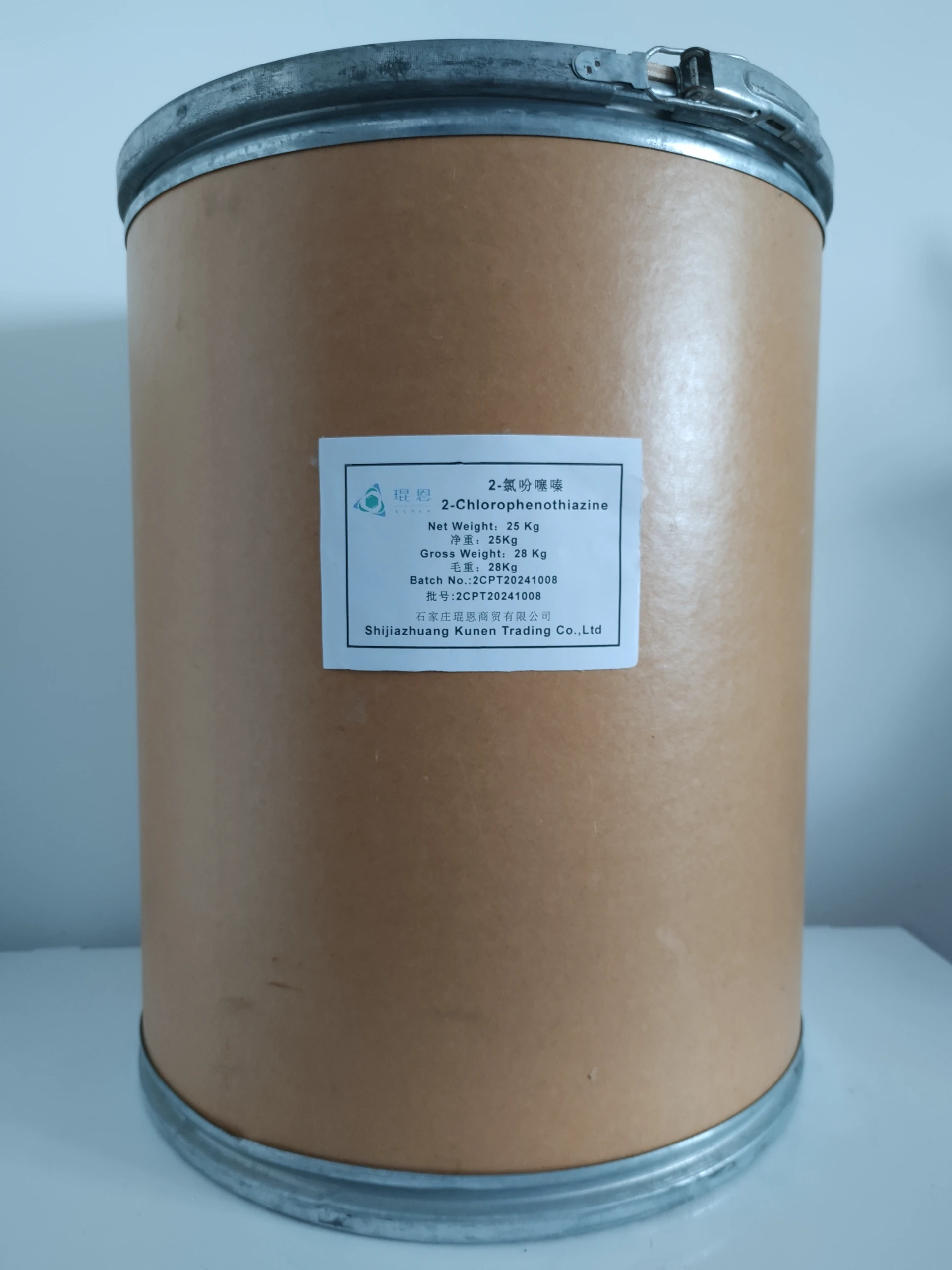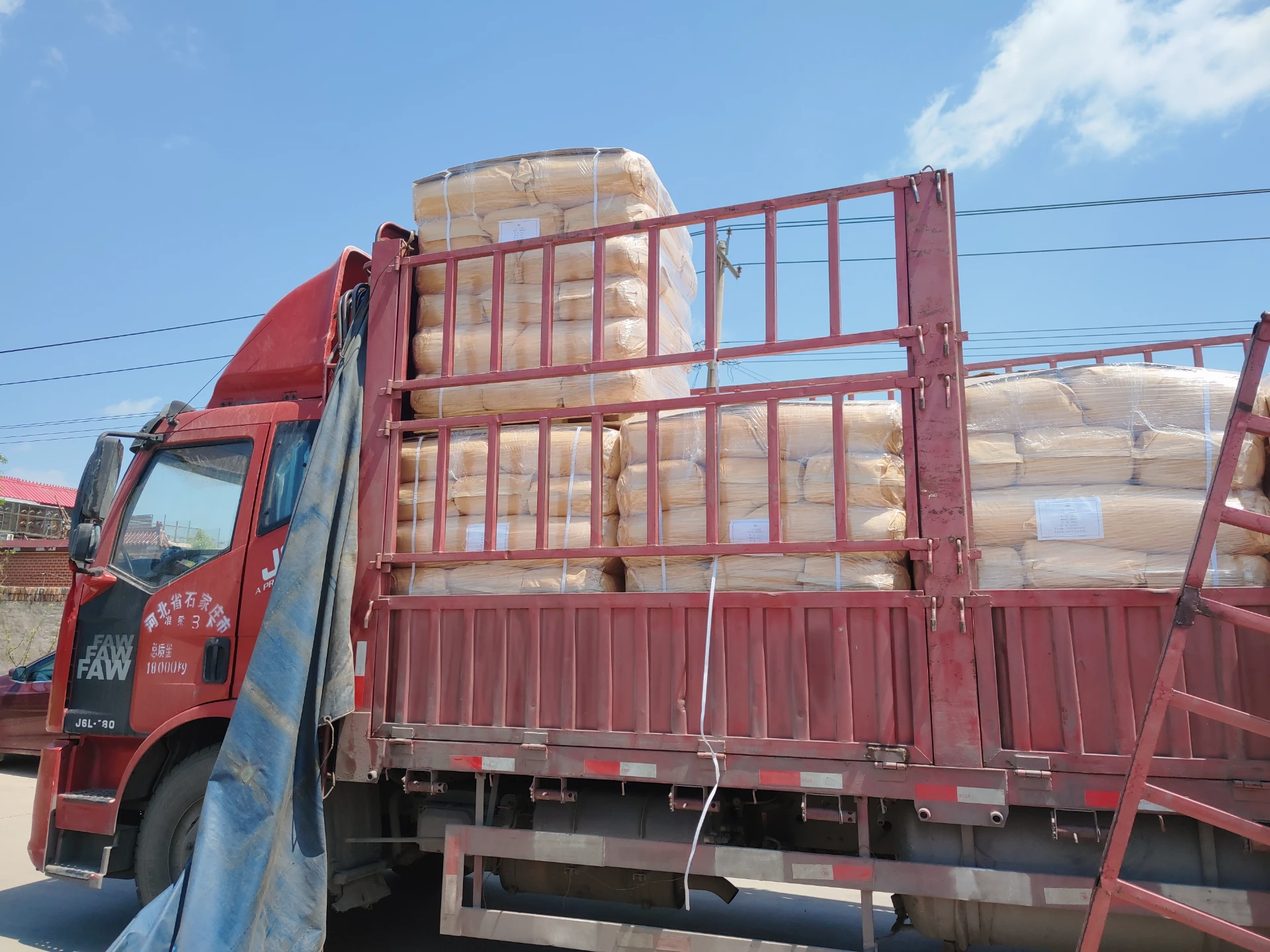- Understanding the Role of Polyelectrolytes in Modern Water Treatment Systems
- The Quantifiable Impact: Data-Backed Benefits of Polyelectrolyte Application
- Technical Superiority: Why Polyelectrolytes Outperform Traditional Coagulants
- Comparative Analysis of Leading Polyelectrolyte Manufacturers and Products
- Tailoring Solutions: Custom Polyelectrolyte Formulations for Specific Water Challenges
- Real-World Success Stories: Polyelectrolytes in Action Across Industries
- Optimizing Water Treatment Efficiency with Advanced Polyelectrolyte Chemistry

(polyelectrolyte in water treatment)
Understanding polyelectrolyte in water treatment
systems
Water treatment facilities increasingly rely on polyelectrolyte water treatment chemical solutions to address complex purification challenges. These charged polymers function as coagulants and flocculants, destabilizing suspended particles through charge neutralization and bridging mechanisms. Cationic varieties prove particularly effective for organic matter removal, while anionic types excel in mineral-heavy applications. When properly selected and dosed, these macromolecules transform treatment economics: facilities report 35-60% faster settling rates compared to inorganic alternatives, substantially reducing tank footprints. The operational flexibility allows precise adjustments to influent variability – critical when handling municipal, industrial, or agricultural runoff.
The Quantifiable Impact: Data-Backed Benefits of Polyelectrolyte Application
Extensive plant trials reveal dramatic efficiency gains with optimized cationic polyelectrolyte water treatment protocols. Municipal plants demonstrate 20-45% lower sludge volumes compared to conventional alum treatments, directly translating to reduced disposal costs. Mining operations achieve 99.7% clarification efficiency in tailing ponds using specialized anionic formulations that conventional treatments cannot match. For food processing wastewater, polyelectrolytes reduce biochemical oxygen demand by 85-92% at dosage rates 3X lower than chitosan alternatives. Energy consumption data shows 18-22% reductions in pumping costs due to decreased viscosity of treated sludge. These measurable advantages directly impact operational expenditure while meeting increasingly stringent discharge regulations.
Technical Superiority: Why Polyelectrolytes Outperform Traditional Coagulants
Four fundamental properties establish polyelectrolytes' technical dominance in water treatment applications. First, their tunable charge density (0.5-12 meq/g) allows precise targeting of specific colloidal systems – a flexibility impossible with static inorganic coagulants. Second, molecular weights ranging from 106 to 107 Da create superior bridging networks for micro-floc formation. Third, modern copolymers exhibit pH stability between 3-10 without losing efficacy, unlike aluminum sulfate which falters outside pH 5.5-7.5. Finally, cationic polyelectrolyte formulations overcome the charge reversal limitations of ferric chloride in high-organic waters. These scientific advantages translate to real-world process reliability: chemical consumption drops 30-55% while achieving turbidity below 0.5 NTU consistently.
Comparative Analysis of Leading Polyelectrolyte Manufacturers and Products
| Manufacturer | Product Line | Molecular Weight (Da) | Charge Density (meq/g) | Dosage Range (ppm) | Turbidity Reduction (%) | Sludge Volume Reduction |
|---|---|---|---|---|---|---|
| SNF Flopam | AN923PAM Series | 15-18 × 106 | Anionic 25-40% | 0.25-1.5 | 95.7 | 32% vs alum |
| Kemira | SuperFloc C-592 | 8-12 × 106 | Cationic 60% | 0.3-2.0 | 98.3 | 41% vs ferric |
| BASF | Zetag 8185 | 10-14 × 106 | Cationic 70% | 0.15-1.2 | 99.1 | 55% vs PAC |
Note: Performance data based on EPA-approved jar testing protocols with municipal influent averaging 150 NTU
Tailoring Solutions: Custom Polyelectrolyte Formulations for Specific Water Challenges
Sophisticated treatment scenarios demand customized polyelectrolyte water treatment chemical engineering. For high-salinity oilfield produced water (>30,000 ppm TDS), branched cationic copolymers with hydrophobically associative groups achieve 10× better oil droplet coalescence than standard formulations. When treating dissolved air flotation (DAF) streams in food processing, inverse emulsion polymers with controlled hydrolysis yield flocs with optimal buoyancy. Pharmaceutical wastewater with complex API molecules requires polyelectrolytes synthesized with targeted hydrogen bonding sites for contaminant-specific adsorption. These case-specific innovations demonstrate why experienced suppliers conduct comprehensive jar testing across variables including:
• Zeta potential shift analysis
• Floc size distribution profiling
• Shear stability measurements
• Compressibility factors for sludge dewatering
Real-World Success Stories: Polyelectrolytes in Action Across Industries
A Midwest municipality overhauled its tertiary treatment using cationic polyelectrolyte water treatment chemistry to address rising influent variability. By switching to a dual-polymer system (high-charge cationic prepolymer + medium MW anionic), they achieved:
• 94.2% consistent phosphorus removal despite changing influent concentrationsIn pulp/paper applications, a Canadian mill eliminated bentonite requirements by implementing high-MW amphoteric polyelectrolytes, boosting white water closure rates to 92% while cutting sedimentation tank cleaning cycles from weekly to quarterly. Semiconductor fabs have reduced ultra-pure water polishing costs by 29% using specialty low-TOC formulations that leave negligible ionic residue after treatment. These implementations demonstrate polyelectrolytes' transformative potential when correctly matched to application requirements.
• $178,000 annual chemical cost reduction
• Sludge cake solids increased from 18% to 28%, reducing hauling frequency by 37%
Optimizing polyelectrolyte water treatment chemical programs
Maximizing ROI with modern polyelectrolyte water treatment solutions requires strategic implementation protocols. Dosing must be continuously optimized via streaming current detectors monitoring influent charge characteristics, rather than relying on turbidity feedback loops. Advanced plants integrate polymer aging parameters into control algorithms since viscosity decay over 72 hours impacts bridging efficiency. Forward-thinking operators conduct quarterly jar testing against evolving contaminant profiles – essential since 1 mg/L overdosing in 10 MGD plants wastes over $50,000 annually. As regulations tighten and wastewater complexity increases, properly engineered polyelectrolyte in water treatment programs represent the most sustainable path toward compliance and operational economy. The transition from reactive chemical addition to predictive polymer management ultimately delivers 35-60% lifecycle cost advantages over conventional approaches.

(polyelectrolyte in water treatment)
FAQS on polyelectrolyte in water treatment
Here are 5 FAQ pairs about polyelectrolytes in water treatment, formatted as requested:Q: What is the role of polyelectrolytes in water treatment processes?
A: Polyelectrolytes serve as highly effective flocculants in water treatment, improving sedimentation and filtration by binding to suspended particles. They neutralize charges on colloids to destabilize them, forming larger aggregates for easier removal. This makes them essential for clarifying turbid water and sludge dewatering.
Q: How do cationic polyelectrolytes function in wastewater treatment?
A: Cationic polyelectrolytes work by electrostatically attaching to negatively charged contaminants like organic matter and bacteria. They bridge particles to create dense, fast-settling flocs while reducing sludge volume. This makes them particularly effective for treating biological and industrial wastewater streams.
Q: What makes polyelectrolytes superior to traditional coagulants as water treatment chemicals?
A: Polyelectrolyte water treatment chemicals require significantly lower dosages compared to inorganic salts (like alum), minimizing sludge production. They provide precise charge neutralization across varying pH levels and generate stronger, shear-resistant flocs. This translates to clearer effluent and lower operational costs.
Q: How do polyelectrolytes remove colloidal particles from drinking water?
A: Polyelectrolytes destabilize colloidal particles through charge neutralization and polymer bridging mechanisms. They bind to micro-flocs formed during initial coagulation, dramatically increasing particle size and weight. This enables efficient removal via sedimentation or granular filtration.
Q: What factors determine polyelectrolyte selection for industrial water treatment?
A: Key factors include the contaminant's charge density (cationic for organics/anionics), molecular weight (high for bridging), and ionic strength tolerance. Treatment objectives (clarification vs. dewatering), process configuration, and cost-effectiveness must also guide chemical selection for optimal performance.

